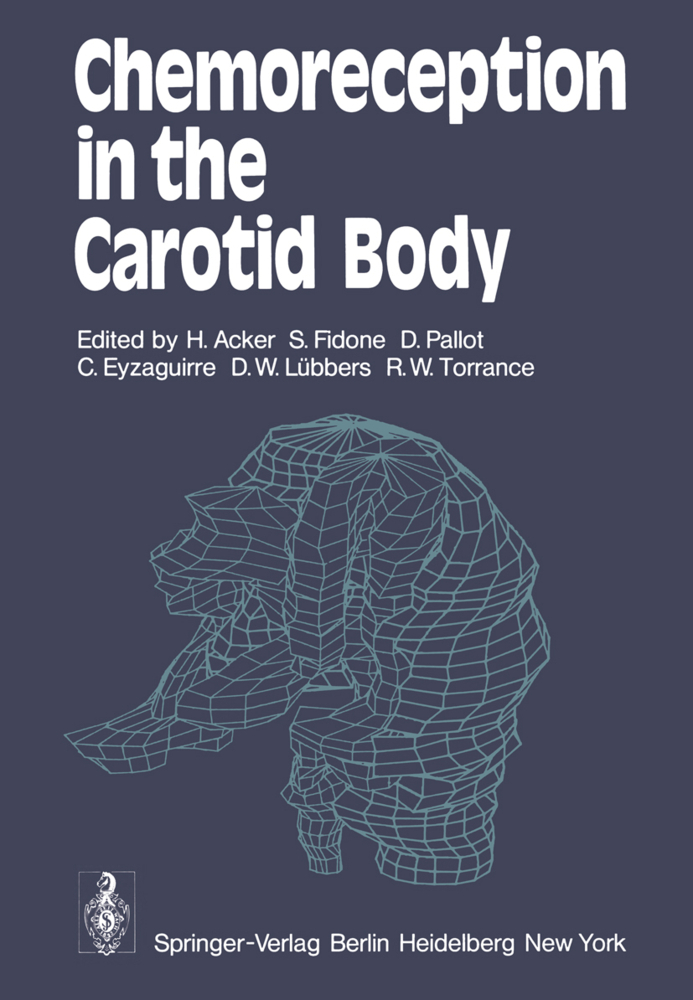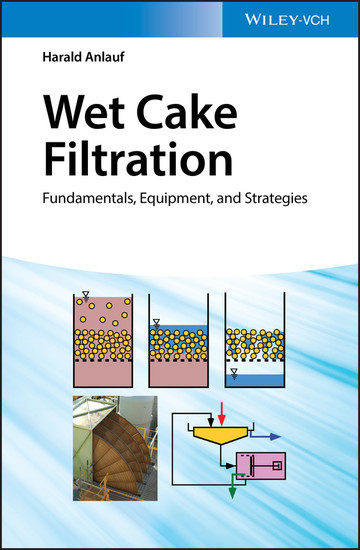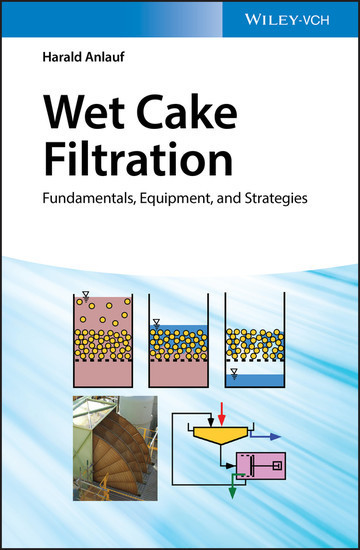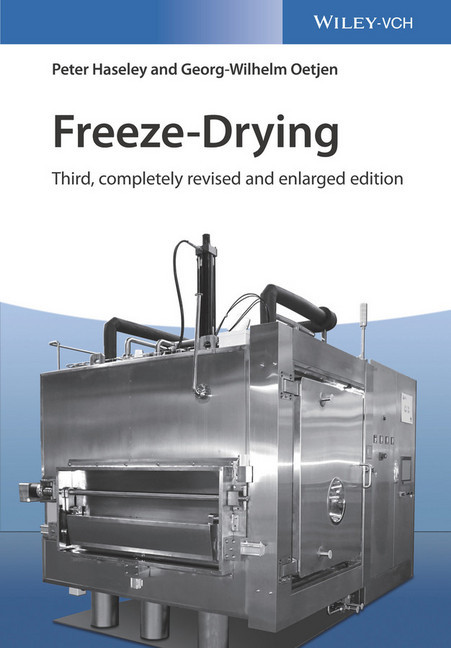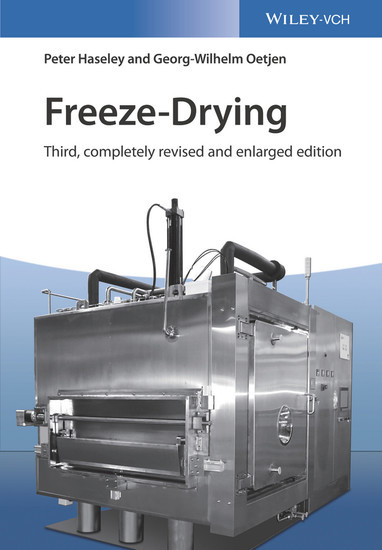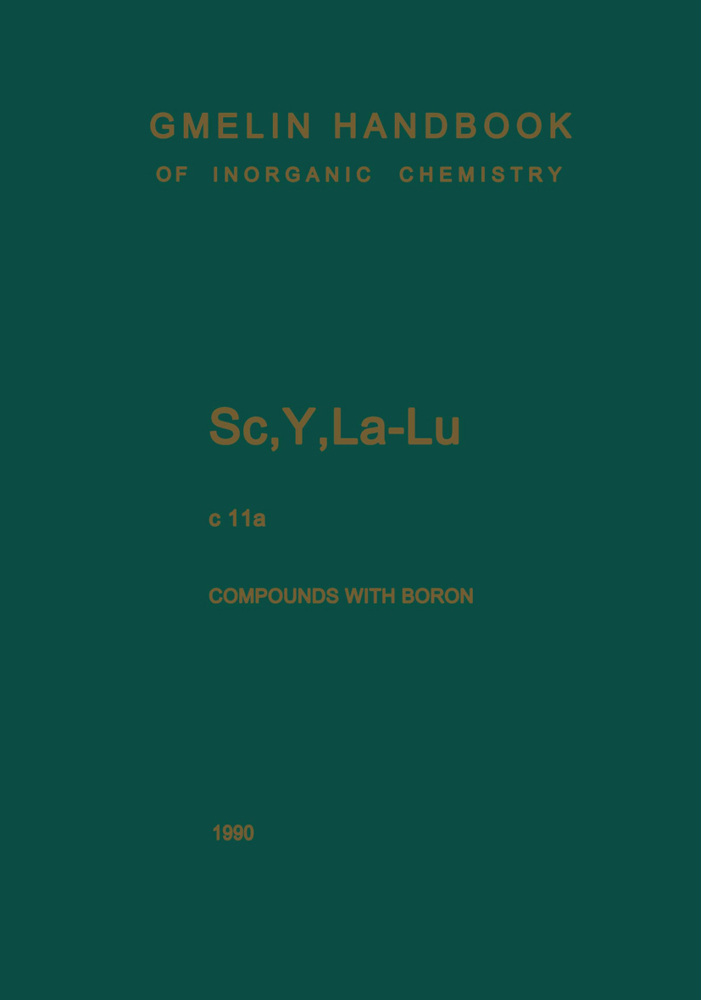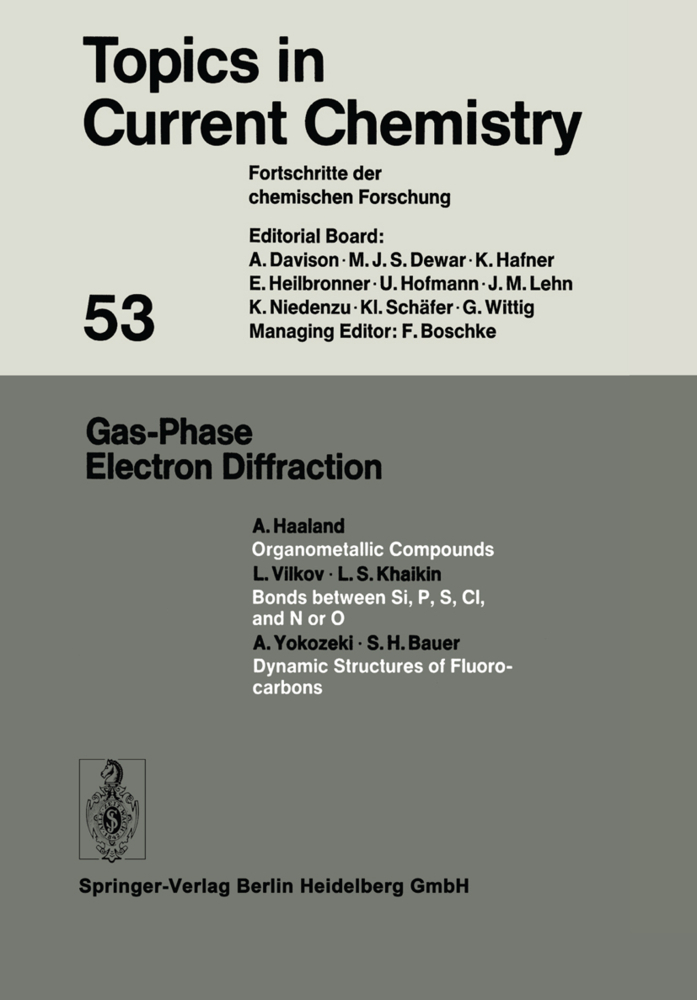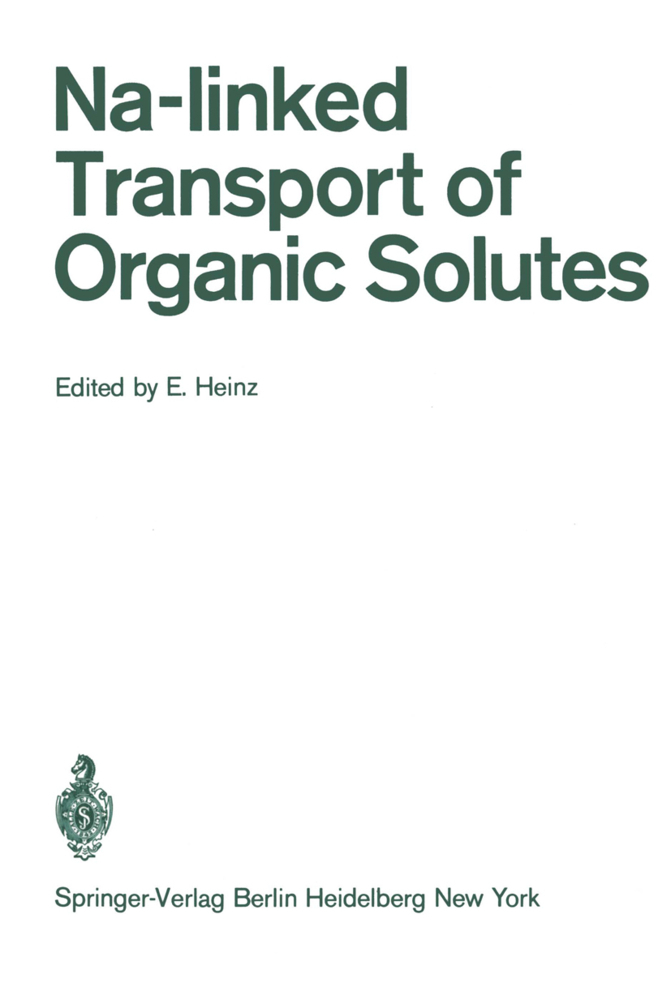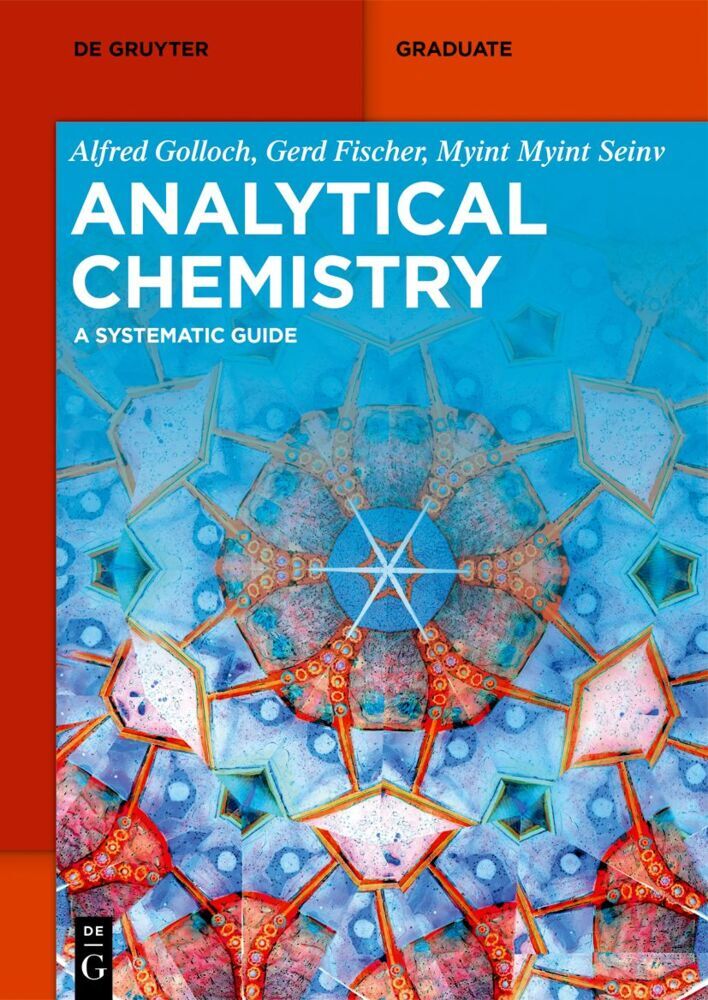Chemoreception in the Carotid Body
Chemoreception in the Carotid Body
It is becoming traditional that periodically those of us interested in the carotid body hold an international meeting to discuss their results. In 1966 a meeting was organized by R. W. Torrance in Oxford and in 1973 by M. J. Purves in Bristol; in 1974 A. S. Paintal organized a satellite symposium of the Physiological Congress in Kashmir. The organizers of these meetings are to be commended for their efforts in publishing both the papers and discussions. At these meetings it has become apparent that the direction of research is becoming more sharpely focused on the cellular mechanisms of chemoreception. During the meeting in Dortmund the papers dealt mostly with the different cell types in the carotid body and their environment, i. e. , local P0 and local flow. These included 2 light and electron microscopic studies of the morphometric and histochemical pro perties of the different cells, microelectrode studies of the glomoid tissue to understand the conversion of a chemical stimulation into nervous activity, as well as strictly bio chemical and physiologic investigations concerning the dependence of the chemo receptive process on O consumption and the turnover of catecholamines. In spite 2 of the variety in methodology, it was apparent that all contributors had a common interest: to understand the mechanisms of chemoreception. Although at the meeting itself there was ample time to fully discuss the various papers, it has become necessary here to shorten the papers and discussions; otherwise the cost of publication would have been prohibitive.
Origin of Nerve Terminals on Glomus Cells in Cat Carotid Body: A Study of Axoplasmic Movement of Labeled Material Along Sensory Neurons of the Petrosal Ganglion
Identification of Sensory Axon Terminations in the Carotid Body by Autoradiography
Degenerative Changes in Rabbit Carotid Body Following Systematic Denervation and Preliminary Results about the Morphology of Sinus Nerve Neuromas
Regeneration of Nerves and Nerve Terminals in Rabbit Carotid Body Following Carotid Nerve Sectioning and Suturing
Chemoreceptor Activity in the Rabbit Carotid Sinus Nerve During Regeneration
Recovery of Chemosensory Function of Regenerating Carotid Nerve Fibers
Studies of Normal and Wobbler Mutant Carotid Bodies
Fine Structure of Pressoreceptor Terminals in the Carotid Body (Mouse, Cat, Rat)
Capillary Distances and Oxygen Supply to the Specific Tissue of the Carotid Body
Session II: Electrophysiological Characteristics of the Cell Elements in the Carotid Body
Effects of Temperature and Stimulating Agents on Carotid Body Cells
Are the Conventional Electrophysiological Criteria Sufficient to Give Evidence of an Electrogenic Sodium Transport Across Neuronal Membranes?
Reaction of Cultured Carotid Body Cells to Different Concentrations of Oxygen and Carbon Dioxide
Meaning of the Type I Cell for the Chemoreceptive Process - An Electrophysiological Study on Cultured Type I Cells of the Carotid Body
Session III: Histochemical and Biochemical Investigation of the Transmitters in the Carotid Body
Dopamine Beta-Hydroxylase Activity in the Cat Carotid Body
Endogenous AcetylcholineLevels in Cat Carotid Body and the Autoradiographic Localization of a High Affinity Component of Choline Uptake
Molecular Biology of Chemoreceptor Function: Induction of Tyrosine Hydroxylase in the Rat Carotid Body Elicited by Hypoxia
Effects of Hypoxia on Carotid Body Type I Cells and Their Catecholamines. A Biochemical and Morphologic Study
Loss of Histochemically Demonstrable Catecholamines in the Glomus Cells of the Carotid Body After a-Methylparatyrosine Treatment
Enzymes and Inhibitors of the Catecholamine Metabolism in the Cat Carotid Body
Session IV: The Afferent and Efferent Chemoreceptive Pathway of the Carotid Body
A Pharmacologic Study on a Possible Inhibitory Role of Dopamine in the Cat Carotid Body Chemoreceptor
Blockade of Carotid Body Chemosensory Inhibition
Variable Influences of the Sympathetic Nervous System Upon Carotid Body Chemoreceptor Activity
Mechanism of Inhibition of Chemoreceptor Activity by Sinus Nerve Efferents
Further Studies on the Fluctuation of Chemoreceptor Discharge in the Cat
Carotid Body Chemoreceptor Afferent Neurons in the Solitary Tract Nucleus Area of the Cat
Multifactor Influences on the Functional Relationship Between Ventilation and Arterial Oxygen Pressure
Session V: Morphometric Analysis of Ultrastructural Changes in the Carotid Body Tissue
Histofluorescent and Ultrastructural Studies on the Effects of Reserpine and Calcium on Dense-Cored Vesicles in Glomus Cells of the Rat Carotid Body
Ultrastructural Changes in Sensory Nerve Endings Accompanying Increased Chemoreceptor Activity: A Morphometric Study of the Rat Carotid Body
Dense-Cored Vesicles and Cell Types in the Rabbit Carotid Body
The Carotid Body Chief Cell as a Paraneuron
Session VI: Environmental Conditions for the ChemoreceptiveProcess in the Carotid Body
Factors Affecting O2 Consumption of the Cat Carotid Body
Mathematical Analysis of Oxygen Partial Pressure Distribution of the Carotid Body Tissue
Comparative Measurements of Tissue PO2 in the Carotid Body
A Functional Estimate of the Local PO2 at Aortic Chemoreceptors
Role of Calcium Ions in the Mechanism of Arterial Chemoreceptor Excitation
Tissue P02 in the Cat Carotid Body During Respiratory Arrest After Breathing Pure Oxygen
Relationship Between Local Flow, Tissue P02, and Total Flow of the Cat Carotid Body
Effects of Temperature on Steady-State Activity and Dynamic Responses of Carotid Baroand Chemoreceptors
Manipulation of Bicarbonate in the Carotid Body.
Session I: Morphometric and Histologic Analysis of the Cell Elements in the Carotid Body Tissue
Light-Microscopic and Electron-Microscopic Studies on the Morphology of Cat Carotid BodyOrigin of Nerve Terminals on Glomus Cells in Cat Carotid Body: A Study of Axoplasmic Movement of Labeled Material Along Sensory Neurons of the Petrosal Ganglion
Identification of Sensory Axon Terminations in the Carotid Body by Autoradiography
Degenerative Changes in Rabbit Carotid Body Following Systematic Denervation and Preliminary Results about the Morphology of Sinus Nerve Neuromas
Regeneration of Nerves and Nerve Terminals in Rabbit Carotid Body Following Carotid Nerve Sectioning and Suturing
Chemoreceptor Activity in the Rabbit Carotid Sinus Nerve During Regeneration
Recovery of Chemosensory Function of Regenerating Carotid Nerve Fibers
Studies of Normal and Wobbler Mutant Carotid Bodies
Fine Structure of Pressoreceptor Terminals in the Carotid Body (Mouse, Cat, Rat)
Capillary Distances and Oxygen Supply to the Specific Tissue of the Carotid Body
Session II: Electrophysiological Characteristics of the Cell Elements in the Carotid Body
Effects of Temperature and Stimulating Agents on Carotid Body Cells
Are the Conventional Electrophysiological Criteria Sufficient to Give Evidence of an Electrogenic Sodium Transport Across Neuronal Membranes?
Reaction of Cultured Carotid Body Cells to Different Concentrations of Oxygen and Carbon Dioxide
Meaning of the Type I Cell for the Chemoreceptive Process - An Electrophysiological Study on Cultured Type I Cells of the Carotid Body
Session III: Histochemical and Biochemical Investigation of the Transmitters in the Carotid Body
Dopamine Beta-Hydroxylase Activity in the Cat Carotid Body
Endogenous AcetylcholineLevels in Cat Carotid Body and the Autoradiographic Localization of a High Affinity Component of Choline Uptake
Molecular Biology of Chemoreceptor Function: Induction of Tyrosine Hydroxylase in the Rat Carotid Body Elicited by Hypoxia
Effects of Hypoxia on Carotid Body Type I Cells and Their Catecholamines. A Biochemical and Morphologic Study
Loss of Histochemically Demonstrable Catecholamines in the Glomus Cells of the Carotid Body After a-Methylparatyrosine Treatment
Enzymes and Inhibitors of the Catecholamine Metabolism in the Cat Carotid Body
Session IV: The Afferent and Efferent Chemoreceptive Pathway of the Carotid Body
A Pharmacologic Study on a Possible Inhibitory Role of Dopamine in the Cat Carotid Body Chemoreceptor
Blockade of Carotid Body Chemosensory Inhibition
Variable Influences of the Sympathetic Nervous System Upon Carotid Body Chemoreceptor Activity
Mechanism of Inhibition of Chemoreceptor Activity by Sinus Nerve Efferents
Further Studies on the Fluctuation of Chemoreceptor Discharge in the Cat
Carotid Body Chemoreceptor Afferent Neurons in the Solitary Tract Nucleus Area of the Cat
Multifactor Influences on the Functional Relationship Between Ventilation and Arterial Oxygen Pressure
Session V: Morphometric Analysis of Ultrastructural Changes in the Carotid Body Tissue
Histofluorescent and Ultrastructural Studies on the Effects of Reserpine and Calcium on Dense-Cored Vesicles in Glomus Cells of the Rat Carotid Body
Ultrastructural Changes in Sensory Nerve Endings Accompanying Increased Chemoreceptor Activity: A Morphometric Study of the Rat Carotid Body
Dense-Cored Vesicles and Cell Types in the Rabbit Carotid Body
The Carotid Body Chief Cell as a Paraneuron
Session VI: Environmental Conditions for the ChemoreceptiveProcess in the Carotid Body
Factors Affecting O2 Consumption of the Cat Carotid Body
Mathematical Analysis of Oxygen Partial Pressure Distribution of the Carotid Body Tissue
Comparative Measurements of Tissue PO2 in the Carotid Body
A Functional Estimate of the Local PO2 at Aortic Chemoreceptors
Role of Calcium Ions in the Mechanism of Arterial Chemoreceptor Excitation
Tissue P02 in the Cat Carotid Body During Respiratory Arrest After Breathing Pure Oxygen
Relationship Between Local Flow, Tissue P02, and Total Flow of the Cat Carotid Body
Effects of Temperature on Steady-State Activity and Dynamic Responses of Carotid Baroand Chemoreceptors
Manipulation of Bicarbonate in the Carotid Body.
Acker, H.
Fidone, S.
Pallot, D.
Eyzaguirre, C.
Lübbers, D. W.
Torrance, R. W.
| ISBN | 978-3-540-08455-6 |
|---|---|
| Artikelnummer | 9783540084556 |
| Medientyp | Buch |
| Copyrightjahr | 1977 |
| Verlag | Springer, Berlin |
| Umfang | XIV, 296 Seiten |
| Abbildungen | XIV, 296 p. 32 illus. |
| Sprache | Englisch |

